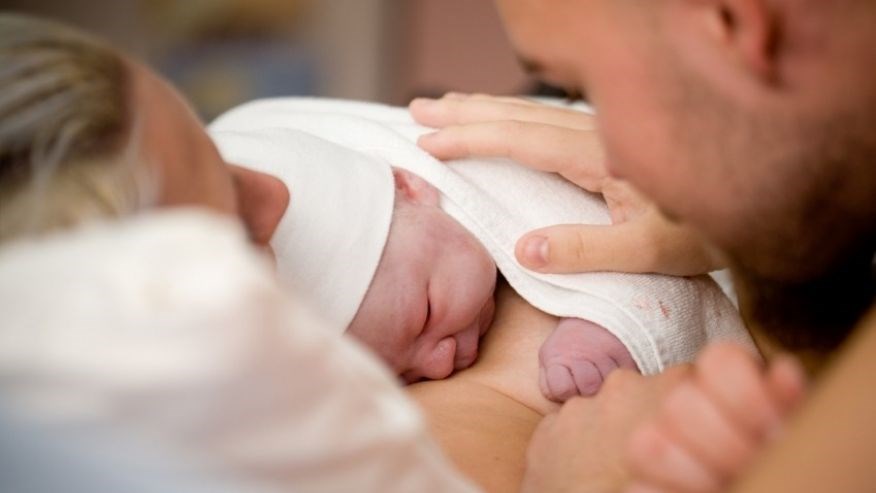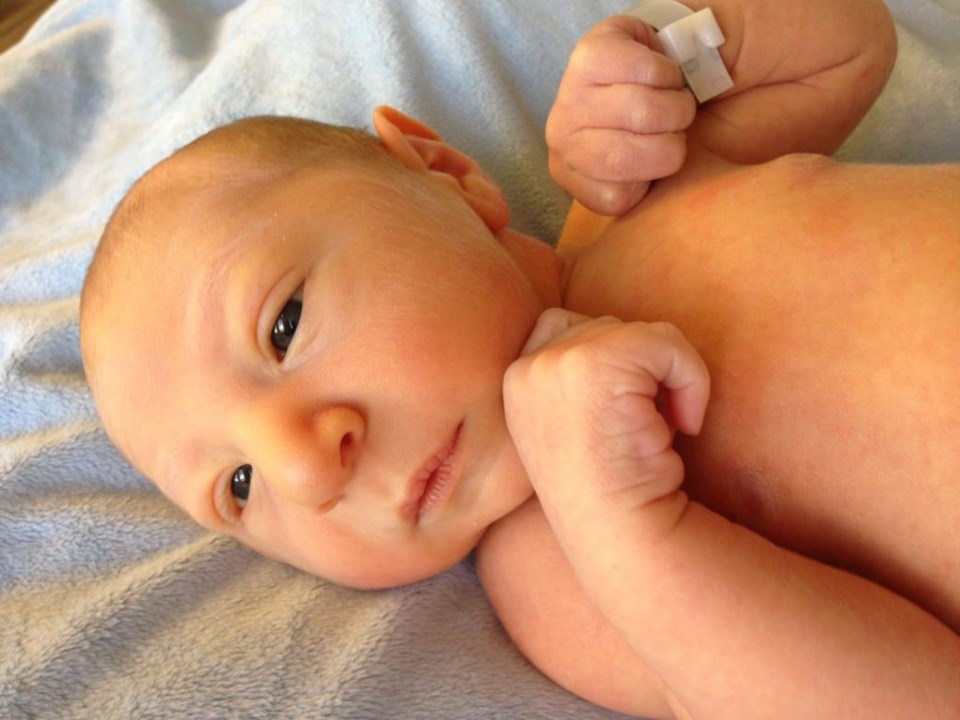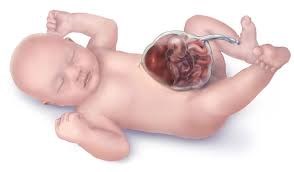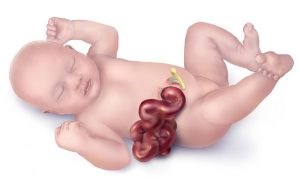
by Renée D. Roberts, MPH, Caribbean Women's Health Association, Inc. (CWHA)
Each year, in the United States, approximately 3% of all babies (1 in 33 babies) are affected by birth defects and account for 20% of all infant deaths, making it the leading cause of infant deaths. While there are more than 4,000 types of birth defects, which vary by complexities and differences in occurrence by racial or ethnic group, the most common birth defects include heart defects, cleft lip and cleft palate and spina bifida.
According to the Centers for Disease Control and Prevention (CDC), birth defects are structural changes that occur at critical stages of development in utero that can change the shape or function of one or more parts of the body of an unborn child, which can lead to health problems and unfortunately, in some cases, elective terminations or mortality during infancy. In most cases, birth defects are found within the first year of life; however, birth defects can be found before birth, at birth, or any time after birth.
While, the causes for some birth defects have been identified, some remain unknown as a result of a complex mix of factors, such as smoking, drinking alcohol, taking certain "street" drugs or medications, certain medical conditions, such as being obese or having uncontrolled diabetes before and during pregnancy, genetic predisposition or being an older mother, typically over the age of 34 years.
In the wake of National Birth Defect Awareness month, there have been several articles circulating on birth defects, notably on microcephaly, due to an unusual increase in the number of children born with undeveloped heads and brains in Brazil, with the Zika Virus, which is spread by the Aedes aegypti mosquito, as a strong suspect.

As Brazil's Ministry of Health continues its investigation and public health emergency response and other Latin American countries feverishly take precautionary measures, amid travel advisories being issued across the world, another birth defect that has been grabbing national attention within the past of couple of days is the stark increase, over the past 18 years of gastroschisis in the United States.
Gastroschisis, which should not be mistaken for omphalocele (also known as exomphalos), which is rare congenital malformation that occurs 1 in 4,000 —7,000 live births in which the infant's intestine and abdominal organs, such as the liver and spleen, depending on the size can protrude into the umbilical cord and out of the belly button area within a thin translucent sac that is formed by an outpouching of peritoneum.

Omphalocele. Centers for Disease Control and Prevention, National Center on Birth Defects and Developmental Disabilities
In contrast, gastroschisis is a birth defect that affects approximately 1,871 babies per year during the early stages of a pregnancy when the muscles that make up the baby's abdominal wall do not form correctly. Anatomically, the baby's intestines and in some cases other organs, such as the stomach and liver stick outside of the body through a hole, usually on the right side next to the belly button. The visible difference between gastroschisis and omphalocele is that in cases of gastroschisis, the intestines are not covered by a protective sac. As a result, the intestines can become shorten, twisted, or swollen due to an irritated bowel from exposure to the amniotic fluid in utero.

Gastroschisis. Centers for Disease Control and Prevention, National Center on Birth Defects and Developmental Disabilities
According to the CDC's press release, the number of cases of gastroschisis has nearly doubled from 1995 to 2005 and has continued to increase since 2005 to mothers of every race and age group. However, the findings from the study that analyzed data from 14 states: Arizona, Arkansas, California, Colorado, Georgia, Iowa, Kentucky, New Mexico, New York, North Carolina, Oklahoma, Rhode Island, Texas, and Utah, found that for non-Hispanic black women age 20 or under, the rate has increased by 263% over the past 18 years.
The steady and significant increase in prevalence of gastroschisis throughout the years, specifically among young non-Hispanic black women age 20 or under remains unclear. Coleen Boyle, the director of the CDC's National Center on Birth Defects and Developmental Disabilities states, "It concerns us that we don't know why more babies are being born with this serious birth defect. Public health research is urgently needed to figure out the cause and why certain women are at higher risk of having a baby born with gastroschisis." Nonetheless, while gastroschisis might be caused by exposure to something during pregnancy or genetically related, measures pregnant women or women planning to become pregnant can take is making a PACT for prevention.

A PACT for prevention is to Plan ahead (e.g., regular visits to healthcare provider (s) and the consumption of 400 mg of folic acid a day), Avoid harmful substances, such as alcohol and drugs, Choose a healthy lifestyle to control or prevent diabetes and obesity and Talking with a health care provider about vaccinations and the use of medications.
For more information on birth defects, please visit:
National Birth Defects Prevention Network
March of Dimes' "Global Report on Birth Defects: The Hidden Toll of Dying and Disabled Children"
Check out the blog post, "Fetal Alcohol Spectrum Disorder (FASD)"



